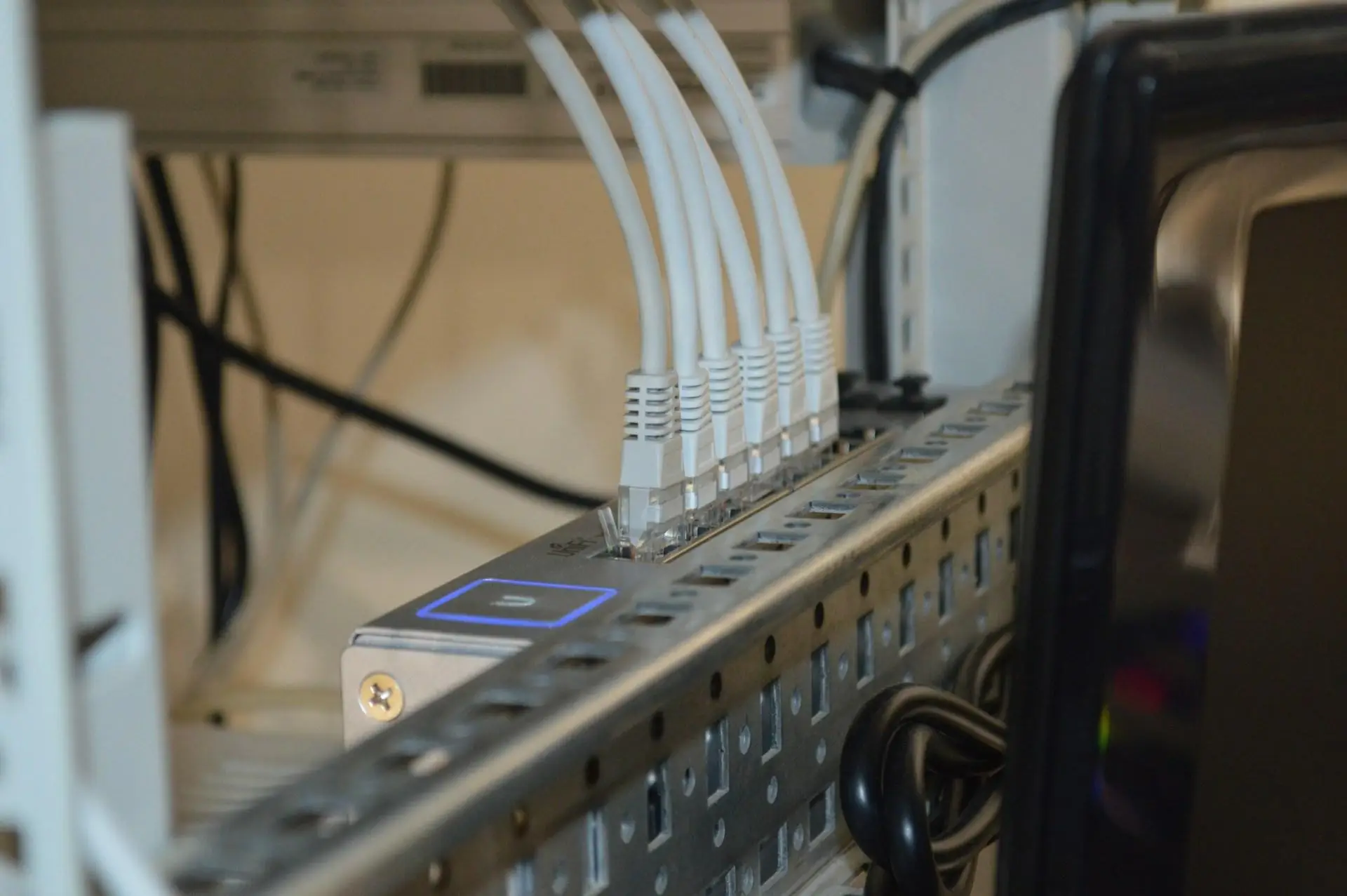Top Cybersecurity Strategies for 2024: Safeguarding Your Online Presence
In today's digital landscape, cybersecurity has emerged as a critical concern for both individuals and organizations. As our reliance on the Internet continues to grow, so does the need for robust cybersecurity measures. In 2024, understanding and implementing effective cybersecurity practices will be essential to protect sensitive information and maintain a secure online presence. This article will explore key strategies to enhance cybersecurity, focusing on the challenges of the current threat landscape, personal security measures, account safety, home network security, and business practices.
Understanding Cyber Threats in 2024
The cyber threats that pervade the Internet today have become more sophisticated and prevalent. Notably, ransomware attacks have skyrocketed, targeting individuals and businesses alike. These attacks often involve encrypting critical files and demanding payment for decryption keys, causing severe disruption and financial losses.
In addition to ransomware, phishing schemes and social engineering tactics are widely used by cybercriminals to trick users into divulging personal information. These methods exploit human psychology, making it crucial for Internet users to remain vigilant.
Another significant concern in 2024 is the vulnerability of Internet of Things (IoT) devices. As smart technology becomes increasingly integrated into daily life, these devices often lack robust security measures, making them prime targets for cyberattacks.
The evolving tactics of cybercriminals indicate that they are continuously finding new ways to exploit vulnerabilities. Staying informed about these threats is paramount for individuals and organizations seeking to protect their online resources.
Strengthening Personal Security Measures
Use of Strong Passwords
One of the most effective ways to bolster personal cybersecurity is by creating strong passwords. A robust password typically includes a mix of uppercase letters, lowercase letters, numbers, and symbols, while avoiding easily guessed information, such as birthdays or common words. Moreover, it is crucial to use unique passwords for different accounts to minimize the risk of an entire digital footprint being compromised if one password is leaked.
Utilizing password management applications can significantly aid in creating and maintaining secure passwords. These tools can generate complex passwords and store them securely, alleviating the burden of memorization.
Implementing Two-Factor Authentication (2FA)
Two-factor authentication (2FA) adds an essential layer of security to online accounts. By requiring not only a password but also a second form of verification—such as SMS codes or authenticator app prompts—2FA greatly reduces the likelihood of unauthorized access.
Regular Software Updates
Keeping devices and software updated is critical in protecting against cyber threats. Software updates often include patches for security vulnerabilities that cybercriminals exploit. Developing a habit of regularly checking for updates and automating this process when possible can enhance overall cybersecurity substantially.
Protecting Your Online Accounts
Monitoring Account Activity
Monitoring account activity is crucial for detecting unauthorized access early. Several tools can help track login attempts and alert users to suspicious activities. Recognizing signs of compromised accounts, such as unrecognized login locations or unfamiliar changes, is vital for prompt action.
Strategies for Safe Social Media Usage
Social media platforms can pose significant risks if not managed correctly. Users should configure privacy settings to control who can view their information. Additionally, exercising caution with friend requests and scrutinizing what personal information is shared publicly can help mitigate risk.
Email Security Practices
Recognizing phishing attempts is key to maintaining email security. Users should be educated about suspicious emails that request personal data or contain unusual links. Practicing safe browsing habits, such as hovering over links to reveal their true destination, is also recommended.
Securing Your Home Network
Enhancing Wi-Fi Security
Home networks are often the first line of defense against cyber threats. Enhancing Wi-Fi security by changing default router settings and passwords is an essential step. Enabling WPA3 encryption offers further protection, ensuring that data transmitted over the network remains secure.
Segmentation of IoT Devices
Given the vulnerabilities associated with IoT devices, segmenting these devices from the main home network can create a safer environment. This practice isolates potential threats, minimizing the risk of broader network compromise.
Implementing a Firewall
Firewalls play a crucial role in safeguarding Internet connections by monitoring and controlling incoming and outgoing network traffic. Both hardware and software firewalls offer robust protection. Investing in a reliable firewall solution can help secure home networks against unauthorized access and malicious attacks.
Utilizing Cybersecurity Tools and Resources
Antivirus and Anti-Malware Software
Installing reputable antivirus and anti-malware software is essential for ongoing protection in the digital landscape. Regular scans and real-time protection can detect and eliminate harmful threats before they wreak havoc on systems.
VPNs (Virtual Private Networks)
VPNs provide an essential service for online privacy by masking the user’s IP address and encrypting Internet connections. Choosing a reliable VPN service can substantially enhance an individual's online security, especially when using public Wi-Fi networks.
Staying Informed About Cyber Threats
Cybersecurity awareness is imperative for everyone. Regularly educating oneself on emerging threats and best practices can make a significant difference in personal and organizational security. Utilizing resources such as cybersecurity webinars, forums, and news websites can provide valuable insights.
Business Cybersecurity Practices
Employee Training and Awareness
In a business setting, employee training is one of the most effective defenses against cyberattacks. By fostering an environment of cybersecurity awareness and providing regular training sessions, organizations can empower staff to recognize and respond to potential threats.
Data Protection Measures
Understanding data protection measures, such as encryption, is vital for any business. Encrypted data is significantly harder for cybercriminals to exploit, ensuring that sensitive information remains secure. Regular data backups and disaster recovery plans are equally important, allowing businesses to recover quickly from potential breaches or data loss.
Compliance with Regulations
In 2024, organizations must navigate various cybersecurity laws, such as GDPR and CCPA. Being compliant not only enhances a business's security posture but also builds trust with customers who expect their data to be handled responsibly.
The proactive implementation of these cybersecurity strategies is essential in an increasingly digital world. As threats evolve, so must the approaches to safeguard sensitive information. Adopting strong personal security measures, enhancing online account safety, securing home networks, and promoting a culture of cybersecurity within businesses are all critical steps. By actively engaging with best practices for cybersecurity, individuals and organizations can protect their online presence and enjoy a safer Internet experience in 2024 and beyond.










